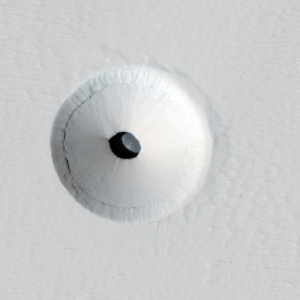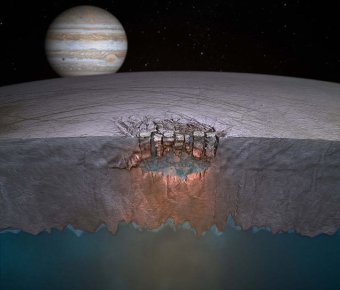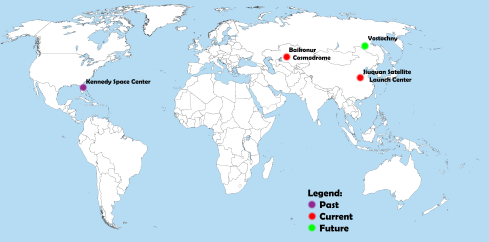Lava tubes are caves formed by lava flowing and creating a channel. When the lava flow has ceased and the rock has cooled, a long tunnel is left behind. Although the presence of lava tubes on Mars has never been proved, their existence is likely.
The pictures below have been taken by the High Resolution Imaging Science Experiment (HiRISE) tool on-board of Mars Reconnaissance Orbiter (MRO). They demonstrate holes which could be lava tube entrances.
Why live in a lava tube?
The Martian ground is not the coziest place for establishing a camp with explorers and sensitive materials. Mars has an atmosphere and magnetic field which are not as efficient as the Earth’s to protect humans from the hazardous space environment. In order to live on Mars, astronauts must carry their own habitats and living equipment from Earth. This requires a large volume and mass on board the spacecraft, reducing the payload capacity for other items.
If you ever have to live on Mars, lava tubes are very nice places which offer:
- Protection from radiation: radiation is a big concern regarding astronaut’s health in space (major damage on DNA). The large layer of rock would protect explorers and materials from solar radiation.
- Constant temperature: on the surface of Mars the temperature ranges from 20°C to -150°C. This variation of temperature is very challenging for thermal engineers. Lava tubes similar to most caves provide a constant temperature which is more convenient for thermal control. In addition, the camp may benefit from natural heat and so preserve electrical power.
- Dust protection: dust is a very important problem. It is very intrusive, adhesive, abrasive and contaminant. Dust is harmful for equipment, experiments, and astronaut’s health. It mustn’t be introduced in the habitat.
- Presence of alien life: lava tubes represent an interesting location to find alien life or evidence of alien life. Minerals present in the lava could be a quality source of nutrients.
- Scientific activities: caves are excellent records of past environmental conditions. Therefore they are a target area for scientific research.
How to choose your lava tube?
First of all, your lava tube must be solid. You don’t want the roof to collapse while you are sleeping in your room, or conducting experiments on Martian regolith. You would probably also prefer to have easy access to your habitat with a natural opening. Some caves could be very comfortable but unfortunately inaccessible from the surface. You may also want to have it near to other valuable Martian point of interests. Finally, you also must check if the place is not already occupied by a tenant, like in the book “The Caves of Mars” by Emil Petaja (1965).









